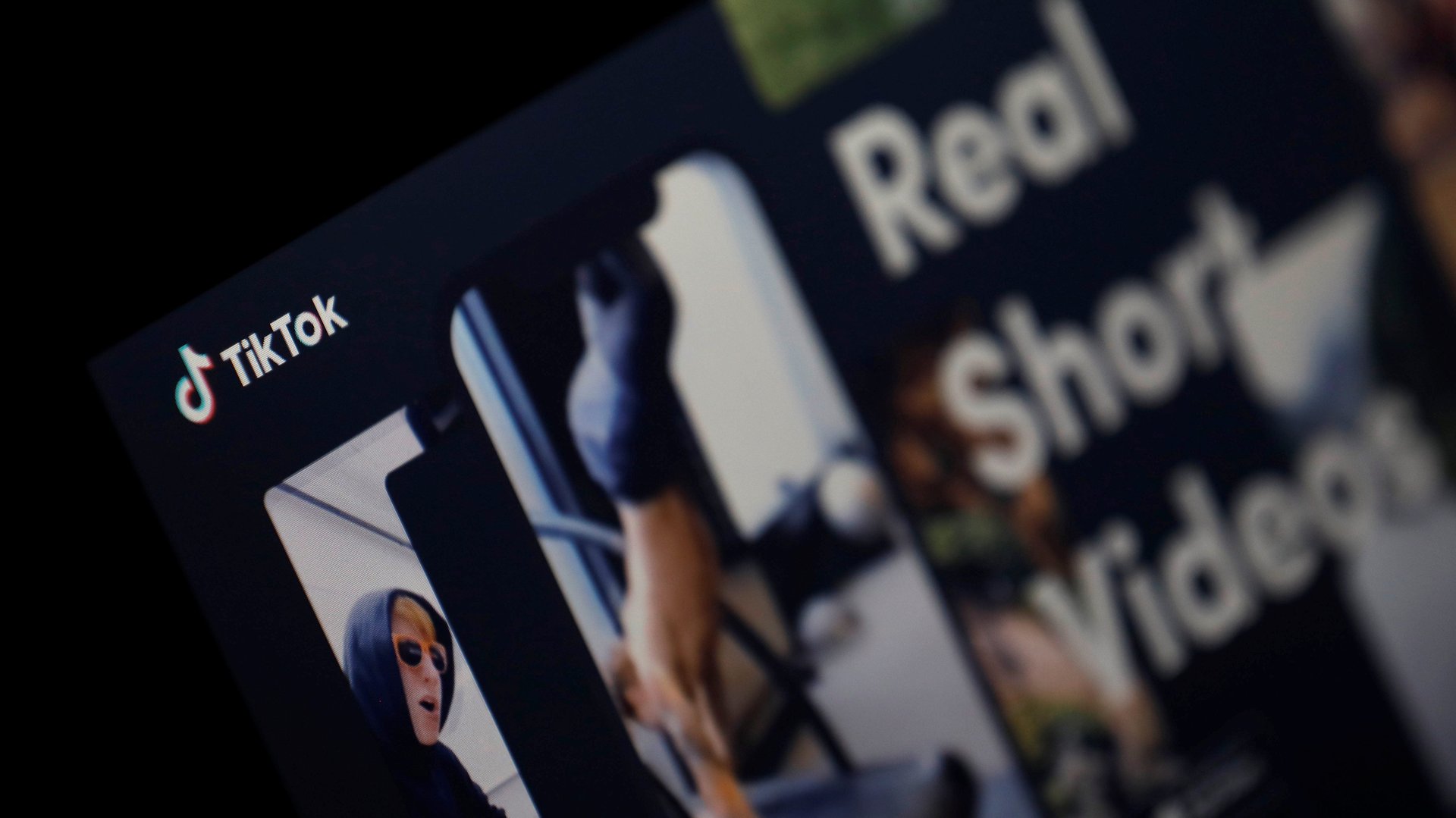The year’s top-trending fashion styles in the US only existed online
Google’s “year in search” always offers an amusing retrospective of the year that passed. Often it memorializes giant cultural phenomenons. In the US in 2019, Game of Thrones, Avengers: Endgame, and “Old Town Road” were the top search trends for TV show, movie, and song, respectively.


Google’s “year in search” always offers an amusing retrospective of the year that passed. Often it memorializes giant cultural phenomenons. In the US in 2019, Game of Thrones, Avengers: Endgame, and “Old Town Road” were the top search trends for TV show, movie, and song, respectively.
In fashion, a more obscure search term dominated the US rankings. “Egirl outfit” and “Eboy outfit” were the number one and two searches in outfit ideas, while “Egirl style” and “Eboy style” ranked second and third in the category of fashion style searches. Only “Camp style” beat them, undoubtedly owing to the Metropolitan Museum of Art dedicating its big annual fashion exhibit to the camp sensibility. Egirl and eboy are niche aesthetics—so niche they basically only exist online, testifying to the power social media and the internet now wield in defining fashion.
Google bases its year-in-search lists on the terms that saw the largest spike compared to the previous year, not total search volume. It’s not necessarily ranking what was most popular overall. But it is useful for spotting what emerged in a year that people were curious about. In the US, the egirl and eboy looks started to catch on this year, appearing on teens in the video-sharing app TikTok, and popping up occasionally on Instagram and streaming platform Twitch.
The style itself is a jumble: baby doll meets goth-lite, both cutesy and edgy, often overtly sexualized, plus lots of eyeliner and hair usually dyed unnatural shades. Eboys wear plenty of black, mixing in skate brands and maybe a chain necklace, with hair grown-out and slightly messy
Inseparable from these fashion codes is a digital persona, Rebecca Jennings explained at Vox this August. “To be an e-girl is to exist on a screen, mediated,” she wrote. “You know an e-girl by her Twitch presence or the poses she makes on her Instagram, not by what she wears to school.” Unlike the VSCO girl—another internet-driven style, this one laid-back and outdoorsy, that also trended this year and earning spots on Google’s fashion styles and outfit ideas lists—an egirl or eboy loses something in the translation to real life.
The internet has become the main place where trends coalesce and reach critical mass. And just as trends in the past took influence from the places where they originated, today they can bear the internet’s imprint. In the New Yorker, Jia Tolentino recently wrote about “Instagram face,” a look she described as having “poreless skin and plump, high cheekbones. It has catlike eyes and long, cartoonish lashes; it has a small, neat nose and full, lush lips.” It’s a look engineered to earn likes on Instagram, but it takes some work. Initially the engineering it required happened to the photos, on apps such as FaceTune. Women are also tweaking their faces with surgery to get it, Tolentino explains.
In the old paradigm, the real world took precedence and the digital world followed. That’s changing. Now, designers may prioritize how an item looks on social media, or stores may buy according to what looks best on their e-commerce sites. It can feel like the digital world is the more important one now.